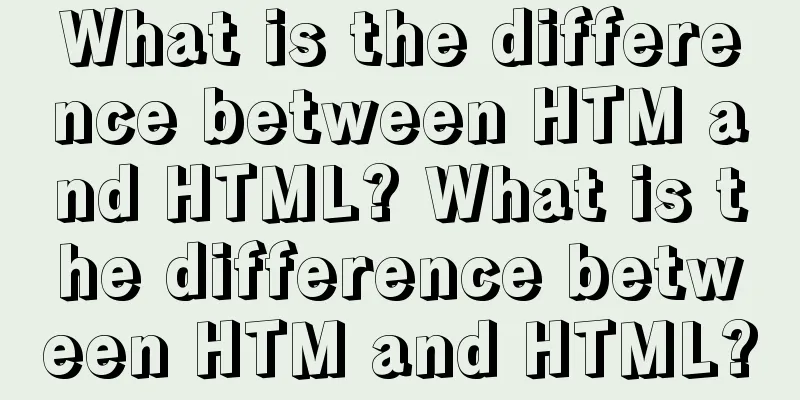How to share Flash pages through verification methods in website standards

|
1. Embed is illegal The <embed> tag is a private tag of Netscape. Although the <embed> tag is widely used, it has not been included in the W3C from HTML3.2, HTML4.0 to XHTML1.0. Pages using the <embed> tag will not pass the W3C validation. 2. Object should be used W3C recommends the <object> tag. Even in XHTML2, <img> will be replaced by <object>. The code to insert the flash using the <object> method is: <object type="application/x-shockwave-flash" data="test.swf" width="200" height="100"> <parm name="movie" value="test.swf /> </object> However, this method cannot display correctly on IE5-IE6/Win (it cannot be played continuously and must be downloaded before it can be played), but it can display correctly on lower versions. Later, the problem of continuous playback was solved by first calling a small flash file and then embedding a large flash file. However, in versions above IE5, the flash sometimes still cannot be displayed. 3. Current temporary measures So what should we do to comply with the standards and display Flash correctly in all browsers? How did the macromedia website pass the W3C validation? Some designers thought of using JavaScript to hide the illegal <embed> tag. <script type="text/javascript"> if (navegiator.mimeTypes && navigator.mimeTypes["application/x-shockwave-flash"] { document.write(''<embed src="test.swf" ... This is currently the better solution. If you must insert flash, use js to call it. This method can deceive the W3C validation program and make the page pass the validation. But it's just "cheating", not really meeting the standards. How does Macromedia do it? See this code: <!-- $RCSfile: FlashDetection2k.pm,v $ $Revision: 1.68 $ : your browser''s accept header indicates you have Flash 6,0,65,0 or better, so you''re OK for this Flash 6 movie, here it comes. --> It adopts a compromise approach: (1). First, JavaScript is used to determine the version of your browser and flash player; (2) Dynamically generate HTML code in the background according to different versions. Simply put, the <object> method is used by default. If the browser cannot handle the MIME type of the object "application/x-shockwave-flash", it inserts the child element <embed>. To be honest, this is similar to using js to hide the <embed> method, which is also a "cheating" method, but it is the most standard and perfect approach that can be done at present. If we want to truly abandon <embed>, we can only wait for IE browser to better support <object>, perhaps until Longhorn comes out. |
<<: MySQL Series II Multi-Instance Configuration
>>: Detailed steps for Spring Boot packaging and uploading to Docker repository
Recommend
Advantages and disadvantages of conditional comments in IE
IE's conditional comments are a proprietary (...
Detailed explanation of HTML document types
Mine is: <!DOCTYPE html> Blog Garden: <!...
Mariadb remote login configuration and problem solving
Preface: The installation process will not be des...
Detailed explanation of how to use the vue3 Teleport instant movement function
The use of vue3 Teleport instant movement functio...
HTML page jump passing parameter problem
The effect is as follows: a page After clicking t...
Three BOM objects in JavaScript
Table of contents 1. Location Object 1. URL 2. Pr...
About the startup error caused by incompatibility between vmware workstations and device/credential
vmware workstations starts the virtual machine er...
How to install Nginx in Docker
Install Nginx on Docker Nginx is a high-performan...
Detailed explanation of the interaction between React Native and IOS
Table of contents Prerequisites RN passes value t...
Detailed process of upgrading glibc dynamic library in centos 6.9
glibc is the libc library released by gnu, that i...
Tomcat8 uses cronolog to split Catalina.Out logs
background If the catalina.out log file generated...
Markup language - CSS layout
Click here to return to the 123WORDPRESS.COM HTML ...
HTML table markup tutorial (37): background image attribute BACKGROUND
Set the background image for the table header. Yo...
Comprehensive interpretation of MySQL master-slave replication, from principle to installation and configuration
Why do we need master-slave replication? 1. In a ...
A brief analysis of kubernetes controllers and labels
Table of contents 01 Common controllers in k8s RC...









